Bâtons
Shop By Category
 Bauer Nexus Sync Intermediate Hockey Stick by Bauer269,98 $ Prix d'origine 329,99 $ Vous sauvez 18%
Bauer Nexus Sync Intermediate Hockey Stick by Bauer269,98 $ Prix d'origine 329,99 $ Vous sauvez 18% CCM Ribcor Trigger 7 Intermediate Hockey Stick by CCM199,98 $ Prix d'origine 259,99 $ Vous sauvez 23%
CCM Ribcor Trigger 7 Intermediate Hockey Stick by CCM199,98 $ Prix d'origine 259,99 $ Vous sauvez 23% Warrior Alpha LX2 Pro Junior Hockey Stick by Warrior239,99 $ Prix d'origine 249,99 $ Vous sauvez 4%
Warrior Alpha LX2 Pro Junior Hockey Stick by Warrior239,99 $ Prix d'origine 249,99 $ Vous sauvez 4% Warrior Alpha LX2 Intermediate Hockey Stick by Warrior219,99 $ Prix d'origine 269,99 $ Vous sauvez 19%
Warrior Alpha LX2 Intermediate Hockey Stick by Warrior219,99 $ Prix d'origine 269,99 $ Vous sauvez 19% Warrior Alpha LX2 Max Senior Hockey Stick by Warrior179,99 $ Prix d'origine 209,99 $ Vous sauvez 14%
Warrior Alpha LX2 Max Senior Hockey Stick by Warrior179,99 $ Prix d'origine 209,99 $ Vous sauvez 14% Warrior Alpha LX2 Max Intermediate Hockey Stick by Warrior159,99 $ Prix d'origine 209,99 $ Vous sauvez 24%
Warrior Alpha LX2 Max Intermediate Hockey Stick by Warrior159,99 $ Prix d'origine 209,99 $ Vous sauvez 24% Warrior Alpha LX2 Team Senior Hockey Stick by Warrior159,99 $ Prix d'origine 189,99 $ Vous sauvez 16%
Warrior Alpha LX2 Team Senior Hockey Stick by Warrior159,99 $ Prix d'origine 189,99 $ Vous sauvez 16% Warrior Alpha LX2 Team Intermediate Hockey Stick by Warrior159,99 $ Prix d'origine 189,99 $ Vous sauvez 16%
Warrior Alpha LX2 Team Intermediate Hockey Stick by Warrior159,99 $ Prix d'origine 189,99 $ Vous sauvez 16%
Learn About Hockey Sticks
Hockey sticks are an essential component for any player, from beginners to professionals. These sticks come in various sizes and materials, catering to different ages and playing styles. It’s crucial to consider factors like stick length, weight, flex, and blade curve. The blade curve especially influences puck control, shot power, and overall handling. However, the lie of the stick, which refers to the angle of the stick when the blade is flat on the ice, is another factor impacting puck control.
How to Choose a Hockey Stick
When selecting a hockey stick, sizing is paramount. The stick should typically stand between your chin and nose when you're on skates. This ensures a comfortable and effective playing posture. The weight and flex of the stick should also match the player’s strength and playing style. Different players might prefer heel curves, toe curves, or mid curves depending on their position and playing style.
Hockey Stick Flex Chart
| Hockey Stick Flex Chart | |||
|---|---|---|---|
| Age Group | Height | Weight | Stick Flex |
| Tyke (3 - 5) | 3'0" - 3'10" | 30 - 65 lbs. | 20 - 25 flex |
| Youth (5 - 8) | 3'6" - 4'8" | 40 - 80 lbs. | 30 - 40 flex |
| Junior (7 - 12) | 4'4" - 5'1" | 70 - 110 lbs. | 40 - 52 flex |
| Intermediate (11 - 14) | 4'11" - 5'8" | 95 - 140 lbs. | 55 - 70 flex |
| Senior (14+) | 5'7" - 6'1"+ | 150 - 210+ lbs. | 75 - 100+ flex |
Hockey Stick FAQs
How do I choose the right flex for a hockey stick?
The right flex for a hockey stick depends on the player’s weight and strength. A general rule is to choose a flex that’s roughly half your body weight. Players with a harder shot may prefer a stiffer flex, while those focusing on quick wrist shots might opt for a more flexible stick.
What's the difference between a one-piece and a two-piece hockey stick?
A one-piece hockey stick is made from a single material, offering a consistent feel and often lighter weight. A two-piece stick consists of a separate blade and shaft, allowing for more customization in terms of blade type and shaft flex. Two-piece sticks can also be more cost-effective as you can replace individual parts.
Can the length of a hockey stick affect playing style?
Yes, the length of a hockey stick significantly impacts playing style. A longer stick can enhance reach and is beneficial for defensive players, while a shorter stick offers better control and is preferred by offensive players. The stick should generally reach the player’s chin (on skates) for optimal balance between control and reach.
What are the benefits of different materials used in hockey sticks?
Materials like carbon fiber and composite offer lightness and strength, enhancing shot speed and stick handling. Wood sticks, although heavier, provide a traditional feel and greater puck control due to their natural flex and absorption of puck impact.
Other Great Choices
- @Recommendation.Title by @Recommendation.Brand$@Recommendation.Price@Recommendation.MSRP


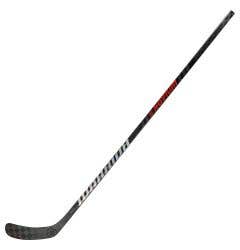



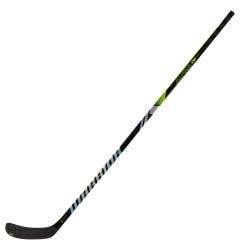
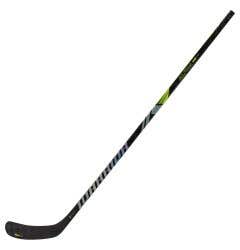
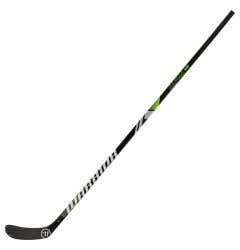
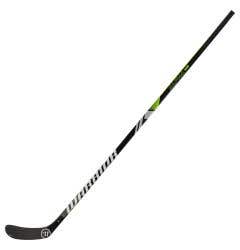
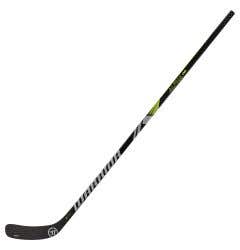
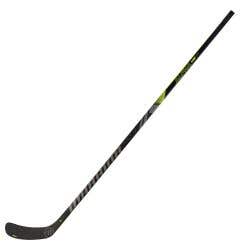
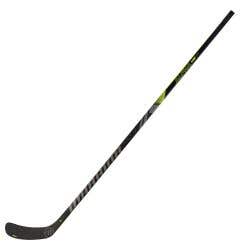

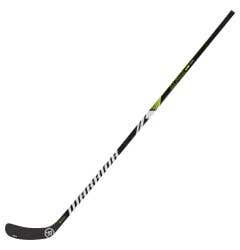
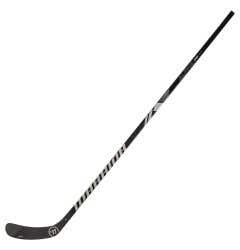
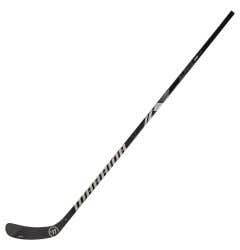
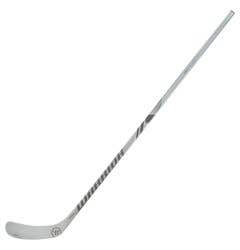
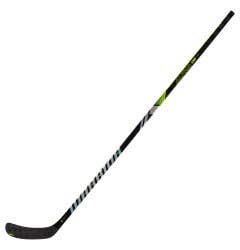
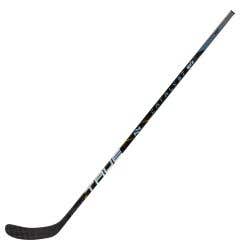
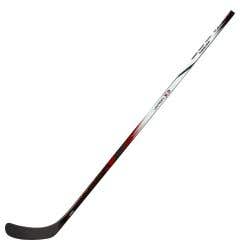
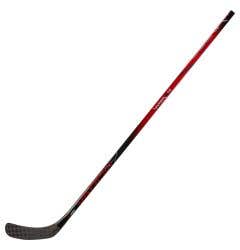
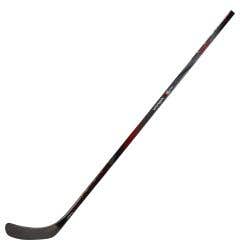
Login and Registration Form
or
Create an account